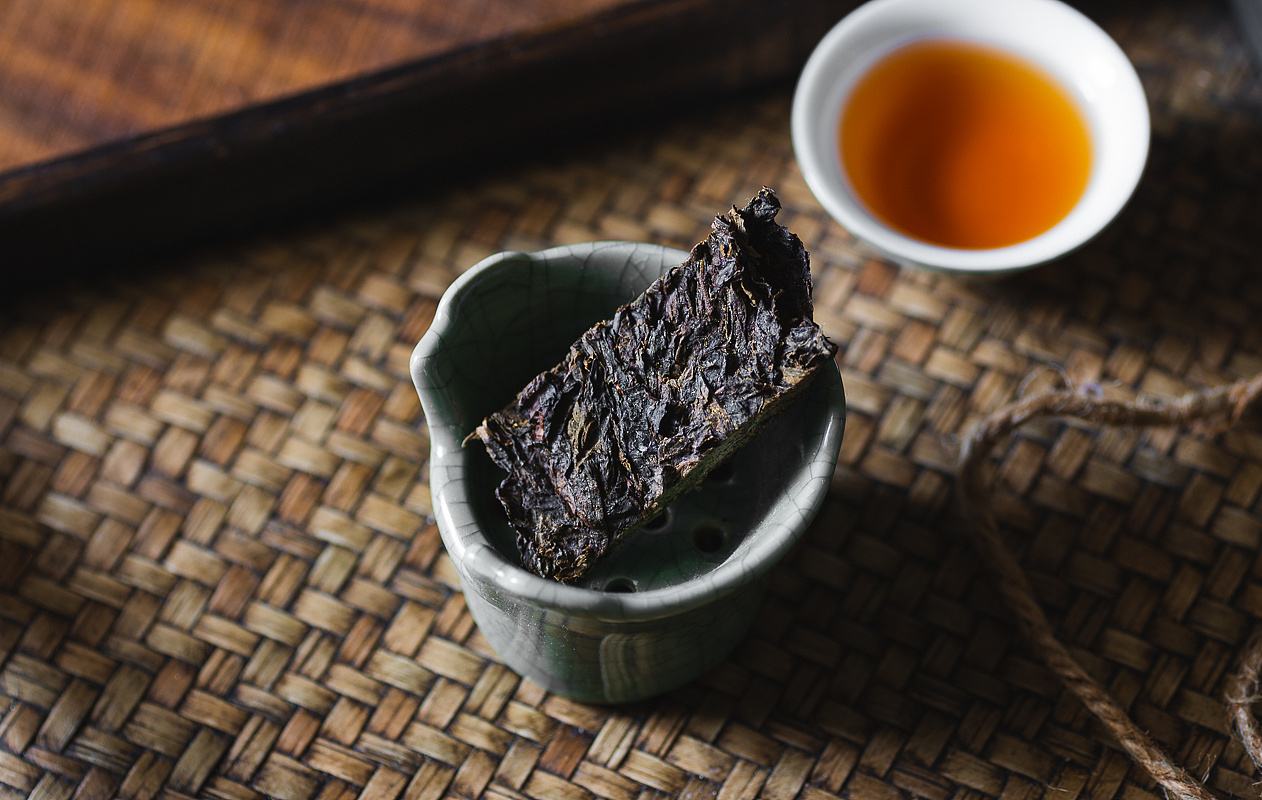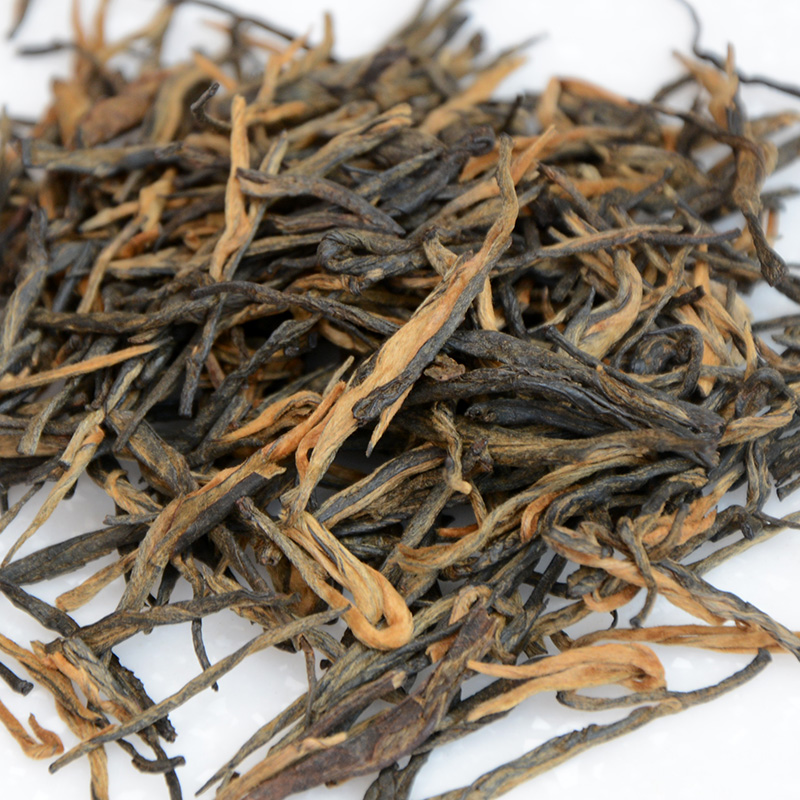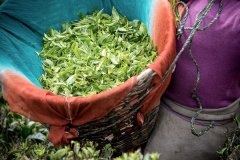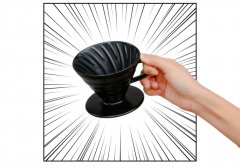The effect and function of drinking raw Pu'er tea or cooked Pu'er tea
A few years ago, there was a lot of discussion online, suggesting that new tea drinkers should ignore the appearance and age of tea cakes when they first start drinking tea. They also advise against trusting unilateral recommendations from tea shops. Instead, tea drinkers should buy tea according to their own feelings and tastes. This principle is very popular among new tea lovers. After all, it's better to believe in your mouth than to be deceived by a tea merchant.
However, this approach also carries risks, and new drinkers may end up deceiving themselves. The "taste of Pu'er tea" depends on two potential prerequisites, which, if not met, may lead to new tea drinkers buying the wrong tea. First of all, first-time tea drinkers must be able to predict whether a bitter raw Pu'er tea will taste satisfactory and pleasant after 10 years or more of aging. Second, tea drinkers must be able to predict whether the taste of tea will meet their needs in a decade or more. In other words, they must be able to predict their future tastes.
Most young people who are born in Pu'er (that is, those under the age of five) are bitter and immature. If inexperienced tea drinkers like this taste and are attracted by the green tea flavor of Yunnan Pu'er tea, then it is appropriate to buy Pu'er tea according to the taste. When they spend money on tea, they know the taste of tea. The tea they buy and taste in the store is the tea they have recently brewed at home. This is very similar to the "plug and play" concept in computers. If you buy a piece of raw Pu'er and drink it within a month, it will taste the same as when you first tasted it. Of course, it makes sense to buy according to taste. I believe that tea drinkers are less likely to torture themselves by bringing home a piece of tea that doesn't taste good. It has a practical effect to taste the tea in the store before buying it.

However, most people who are interested in Pu'er have tasted the old Pu'er. The tea bought by many tea drinkers is not delicious at the time of purchase. They hope that after the tea has been placed for many years, it will become their own "old Pu'er". This type of purchase is driven by the following factors. First of all, high-quality aged Pu'er is extremely expensive. It is beyond the financial means of ordinary people, nor is it consumer goods that ordinary people can afford. Secondly, the aged Pu'er stored in the family can ensure cleanliness and hygiene. People also enjoy the opportunity to experience the changes that tea goes through every year.
My worry is that novice tea drinkers will rely on "Pu'er tea purchase based on taste" to find storage-grade raw Pu'er tea. This is due to the fact that the initial production of different flavors of cakes and teas from birth to age is huge, and I am sure that many long-term tea collectors have experienced the following, that is, bringing home a large number of new teas, which at first seem to be excellent, with pleasant taste and pleasant aroma. Then, after about a decade of storage, the taste is not what it was supposed to be. This is the result of choosing the wrong tea in the first place. As I said before, you won't know until ten years later that your aged tea is not what you want, nor can it form an ideal taste. Eventually, you will buy ready-made aged Pu'er tea from Guangdong tea merchants and find that buying aged Pu'er tea to drink is actually more meaningful than storing your own tea. It also takes up much less space.
About buying tea and drinking
Due to the uncertainty of the aging of stored tea, some tea drinkers may choose to buy instant tea. There are no major difficulties involved in buying Pu'er tea and drinking it immediately. First, make a budget based on your personal financial situation. For example, the budget of 10 yuan ($1.50) per glass of beer is equivalent to 300 yuan ($45) per cake. Once you know your budget, it's time to go to the tea shop. I'm sure most stores will be happy to make tea at the right price for customers to taste. If you find tea to your taste, buy some cakes to drink. Only when they are gone do you need to go back and buy more things. What are the risks?
In fact, as I have already stressed, tea tasting is the least risky in the short term when buying ready-to-drink tea. Tea drinkers do not need to care about whether the tea will be ideally aged. Because tea can be drunk immediately after it is brought home, there is no unknown factor in its taste that changes over time.
The only risk of buying tea and drinking is when your favorite tea becomes popular. The price may rise sharply, making the tea exceed your budget. For example, the price of the 300 yuan tea cake mentioned above may double or more after five years of storage. Of course, as long as your salary doubles, there will be no problem.
If the same tea could be bought, the situation would not be so bad. It just asks you to spend more money. But the mature tea that some tea drinkers like may be bought by other tea drinkers and disappear from the market, or investors may find that the price of a kind of tea is lower than its market value and rush to buy it. Even if I went to several tea shops and offered a high price, I couldn't find this kind of tea. Other Pu'er drinkers will naturally buy some extra for future consumption.
The most recent example is 8582 in the 1980s. Even if the price has risen to more than 50,000 yuan, the seller claims to be out of stock. Collectors are still reluctant to sell tea. In this case, due to rising prices or insufficient inventory, direct consumption of purchased tea forces consumers to drink another type of tea. Of course, there are many other options. Assuming you don't insist on drinking a single tea and are willing to drink a little younger tea, I hope I have managed to convince you of the importance of knowing your tastes and preferences before collecting Pu'er tea. To this end, I will change the subject and describe the main types of Pu'er in the market. I know experienced tea drinkers are already familiar with these types, but I offer them to benefit new fans of Pu'er.
Nen Pu'er tea refers to the large-leaf tea newly produced in Yunnan, which is picked, hand-processed, dried and pressed into a cake.
The young Pu'er is very exciting. It shows a mellow and pleasant character only after an important period of aging. When eaten shortly after production, its mouth ("taste") is bitter and astringent. Tea drinkers can easily experience the taste of young raw Pu'er tea in almost any tea shop. If you like this kind of tea, you only need to find a kind of tea that suits your taste. There is no need to consider the aging potential of tea, but if you plan to preserve tea for a long time, I suggest that it is rich in theophylline, complex brewing quality, pure and full-bodied taste, and high alcohol content of tea. I know these descriptive terms are quite abstract, but Pu'er is difficult to express in words. To really understand Pu'er requires actual taste and step-by-step research.

The advantages of tender Pu'er tea include: it is relatively cheap, will not bring great financial burden to consumers, is easy to buy, can withstand brewing many times, and is a good substitute for fresh green tea. Disadvantages include: it is bitter and astringent; rake space, it takes time to age, and its taste changes in limes are not clear (assuming the buyer is inexperienced).
Important Notice :
前街咖啡 FrontStreet Coffee has moved to new addredd:
FrontStreet Coffee Address: 315,Donghua East Road,GuangZhou
Tel:020 38364473
- Prev

When is the best time for tea? The taste of spring tea is better than that of autumn tea.
Darjeeling Tea's autumn tea picking time is long, which is much shorter than the previous spring tea picking, summer tea picking and monsoon rain tea picking. The monsoon clouds dispersed, the sky was high and crisp, and the sun went down before 5 o'clock in the evening, leaving lavender, pink and gold and white light all over the mountains. Autumn picking is the last green tea season of the year in Darjeeling. This tea season is very short, only a few weeks long.
- Next

How do you make coffee with a large amount of powder? V60 big filter cup 02 how to use? Make a few cups of 30 grams of coffee powder
Qianjie products always use 1-2 person filter cups, and the powder quantity standard has been controlled at 15g, so all Qianjie hand flushing teaching is based on the standard of 1 person (one cup). Recently, a friend asked, how to make 2-3 cups of coffee at a time? When the partner asks this question, it shows that the partner has some experience in brewing coffee for one person, and also
Related
- Beginners will see the "Coffee pull flower" guide!
- What is the difference between ice blog purified milk and ordinary milk coffee?
- Why is the Philippines the largest producer of crops in Liberia?
- For coffee extraction, should the fine powder be retained?
- How does extracted espresso fill pressed powder? How much strength does it take to press the powder?
- How to make jasmine cold extract coffee? Is the jasmine + latte good?
- Will this little toy really make the coffee taste better? How does Lily Drip affect coffee extraction?
- Will the action of slapping the filter cup also affect coffee extraction?
- What's the difference between powder-to-water ratio and powder-to-liquid ratio?
- What is the Ethiopian local species? What does it have to do with Heirloom native species?

